Second retraining Vegetables
Posted by STAFF ACCOUNT
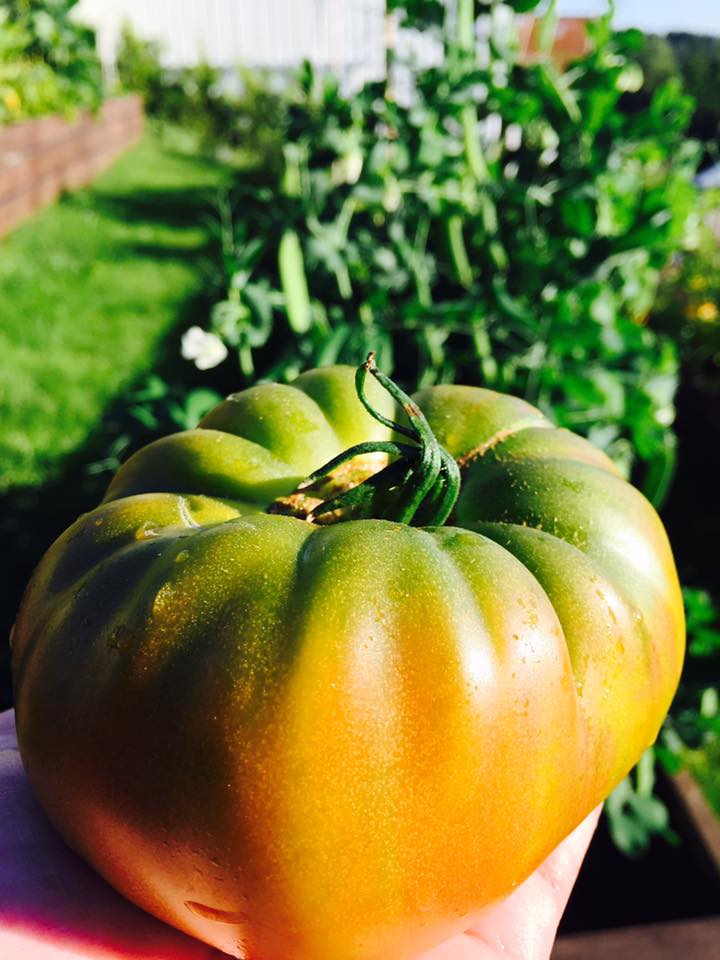
If you have read the first post about retraining, this is the next one. Now the plants will continue to increase in pot size and this is the last repotting before they go out into the greenhouse or into the final pot. This applies to all vegetables The first thing I do is add soil, here about 45-50 litres. The soil I use here is from a local landfill where they grind up organic material and compost it. They add some sand to the soil. But also use Hasselfors RekoZord After filling, I dissolve all lumps and make the soil...
KRATKY
Posted by REMY EKORNSETER
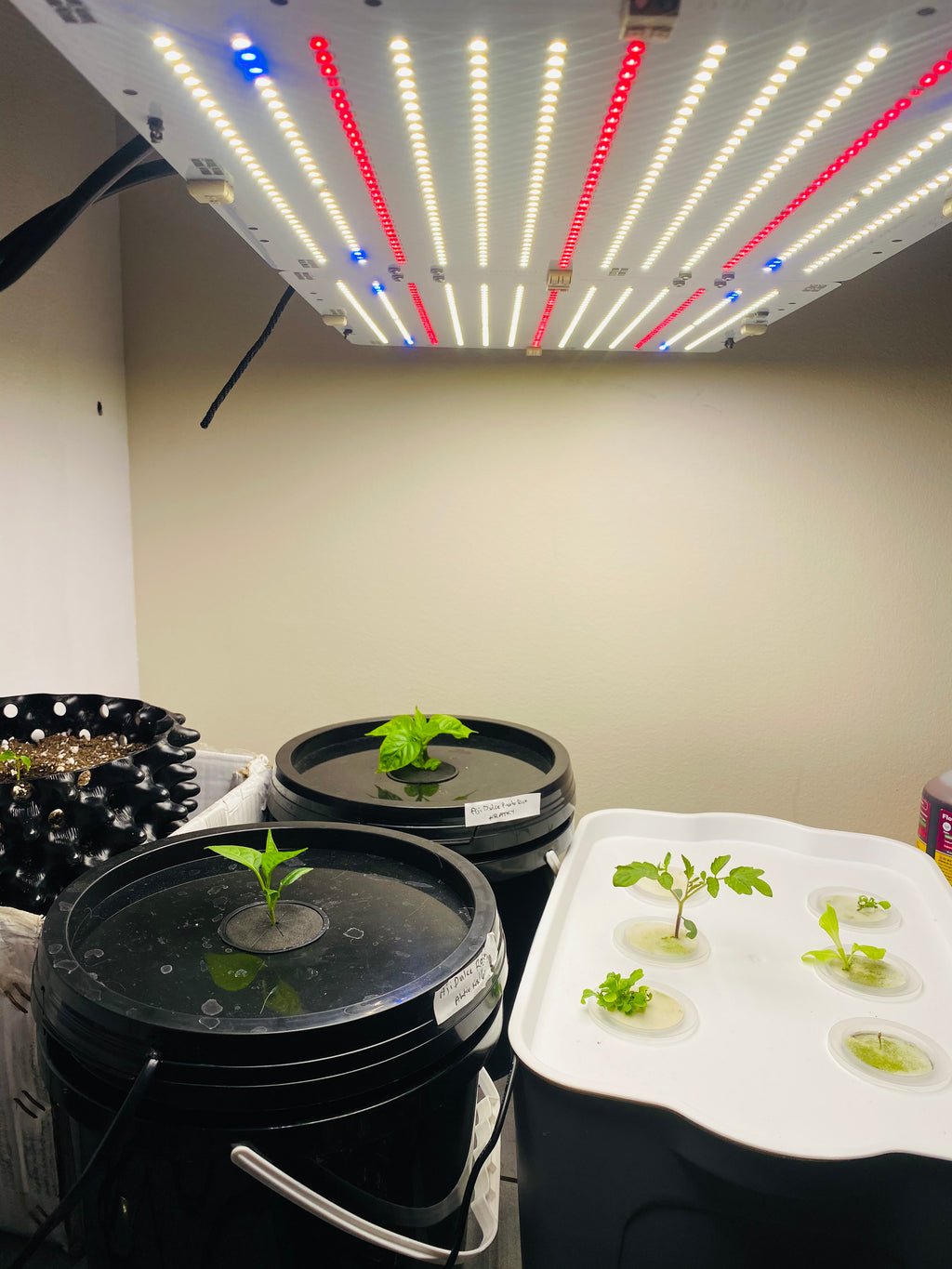
Compost TE
Posted by REMY EKORNSETER
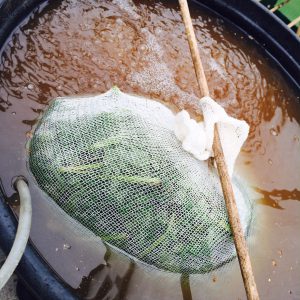
Neslevann is a word that has recently been on many people's lips in line with the interest in growing your own vegetables. Chili, like almost all other green plants, greatly appreciates nettle water. Now that nettles are putting out nice, fresh shoots, the time has come to harvest nourishment from nature. It is very easy and quick to do. Traditionally, you take a bucket of water and dump nettle shoots or plants into the bucket and then leave it for a while. The result is a relatively foul-smelling solution that is very rich in nitrogen. And it is precisely nitrogen...
Edema - what is it and how can I get rid of it?
Posted by REMY EKORNSETER
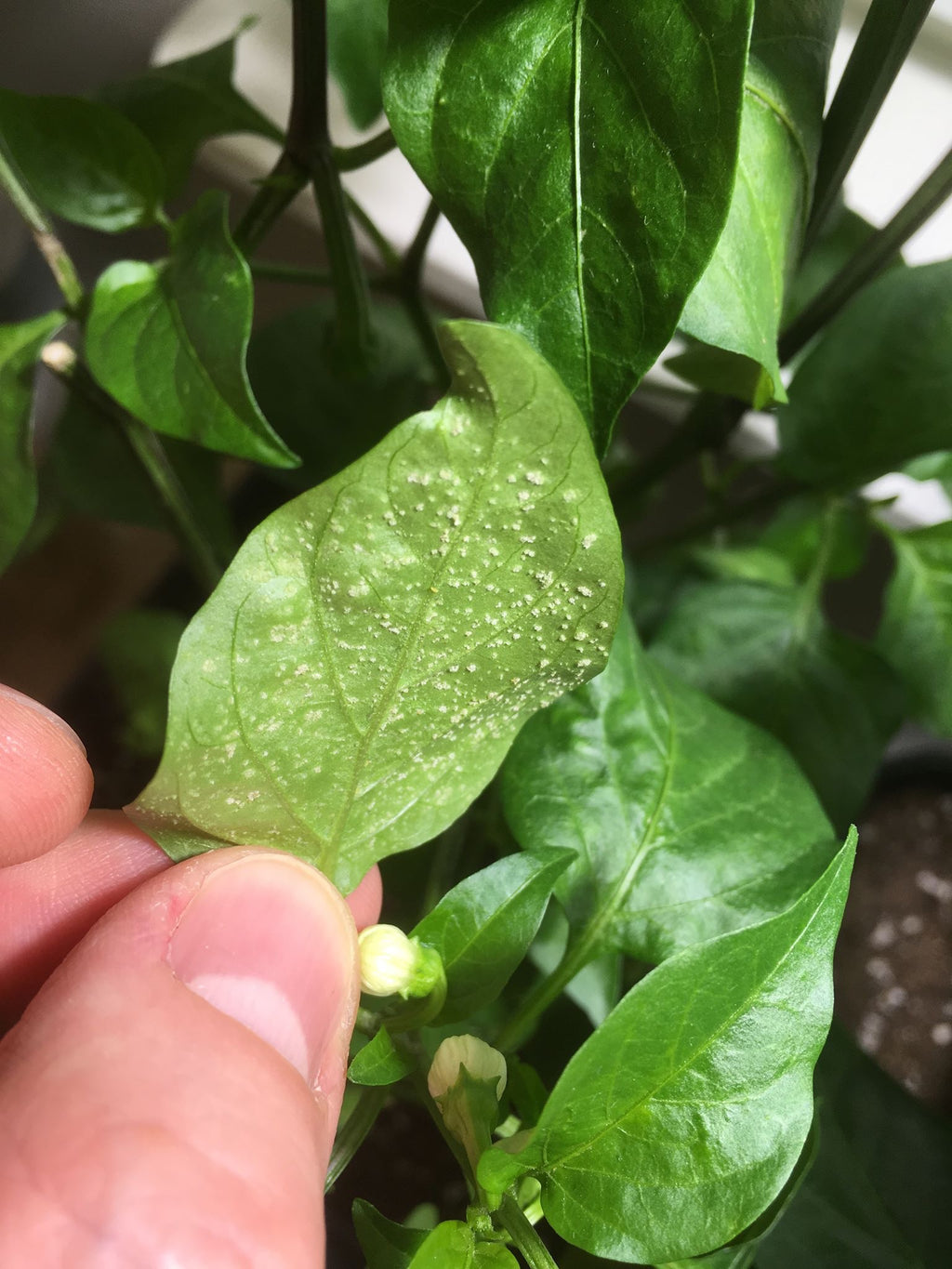
It happens to everyone at one time or another and it often causes a bit of shock and disbelief. Many people think it is eggs, or lice, or something else mysterious that has appeared on the plants in a short time. But take it easy. Edema is relatively harmless and has its natural causes. How to identify edema Edema is unlike other external influences and cannot be removed. You will see some damage on the top of the leaves, some more if the edema is severe. If you look under the leaves, you will see some kind of warts sticking...
Nourishment from nature
Posted by REMY EKORNSETER
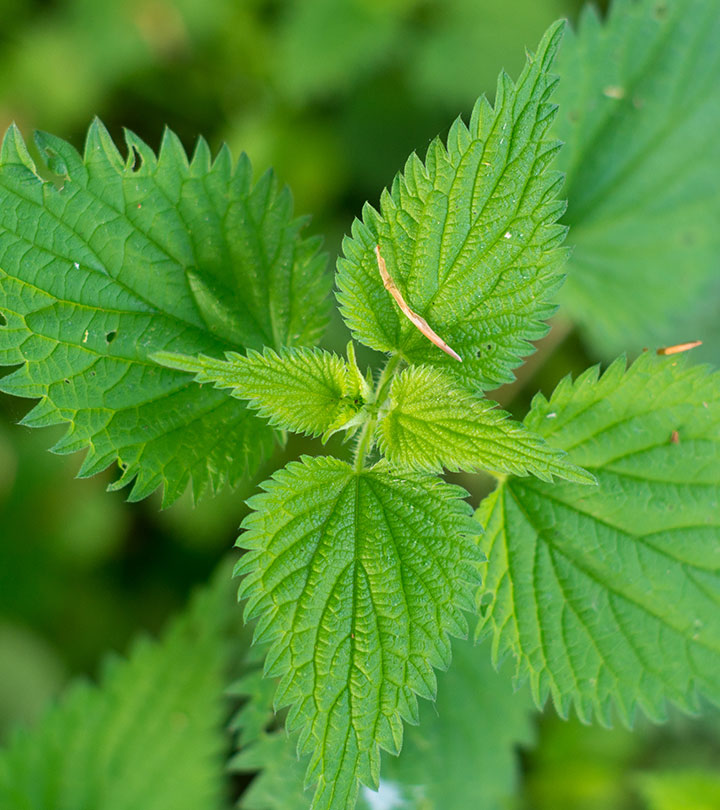
In nature, we find many common means that can give us nourishment for the plants. Here is an overview of the different ones: Boron – beetroot grass, milk thistle Phosphorus (P) – promotes root development – buckwheat, watercress, barley, sorrel, garlic, velvet flower (the flowers), calamus root, chamomile flower, caraway, clover, mugwort, lupine, dandelion, yarrow, meadwort, yarrow, mustard, lemon balm, vetch Iron - bladderwort, lichen, kelp Potassium (K) – promotes flowering and fruit formation – borage, orange peel, banana peel, watercress, einkorn, oak bark, fennel, plantain (and all the others in the giant genus), carrot grass, Roman chamomile, glandular sedge,...
Retraining part 3 - All Vegetables
Posted by REMY EKORNSETER

If you have read part 1 and part 2, you may be starting to get to know the concept and the common thread of the whole thing we do. Since we are going to retrain to finally potty, we mix stronger. We want an NPK of 5-13-5, but if it is, for example, 6-14-5 or don't do it much! First let me just write a few words. If you mix this soil mix that we make, you do not need to water out the fertilizer later and water in. What we put in the soil, and the pot, the plant...
Tomatoes and Epsom salt = true
Posted by REMY EKORNSETER
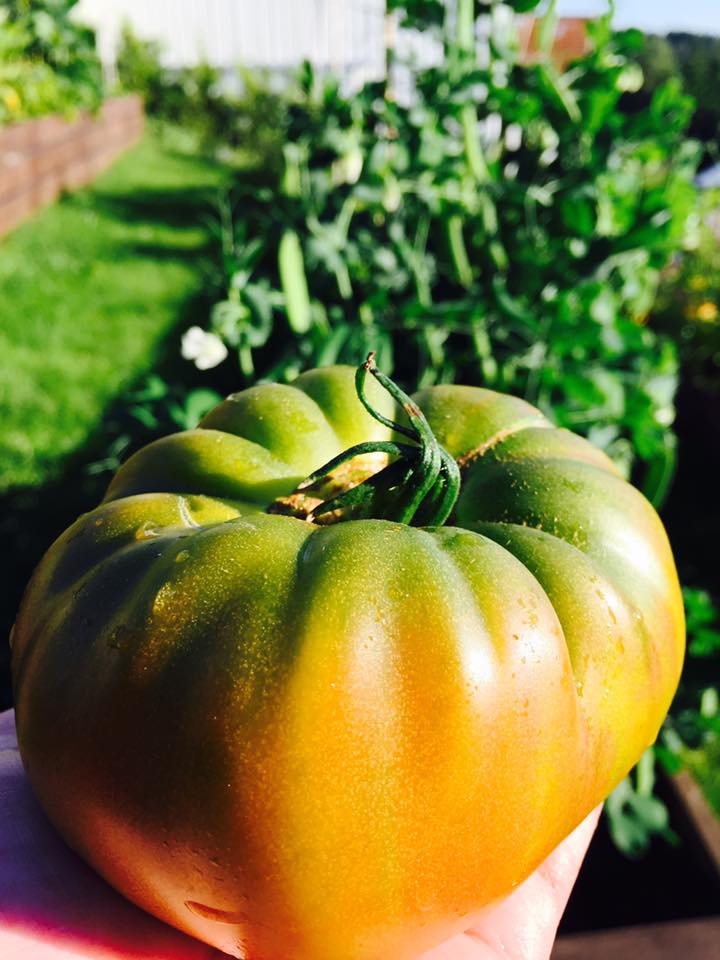
Epsom salt is a versatile product that can be used for many things. Everything from bath salts, personal hygiene and bath bombs. But the most important thing about epsom salt is the benefit plants make of it. We've already covered epsom salt's effects on chili and its uses, but what about tomatoes? Tomatoes love epsom salt! You can see with your own eyes that they feel better when given epsom salt, but it is also scientifically proven. Epsom salt is not a salt, but a mineral called magnesium sulfate that is made naturally in nature. There are many types of...
Tomatoes - how to clone your plants
Posted by REMY EKORNSETER
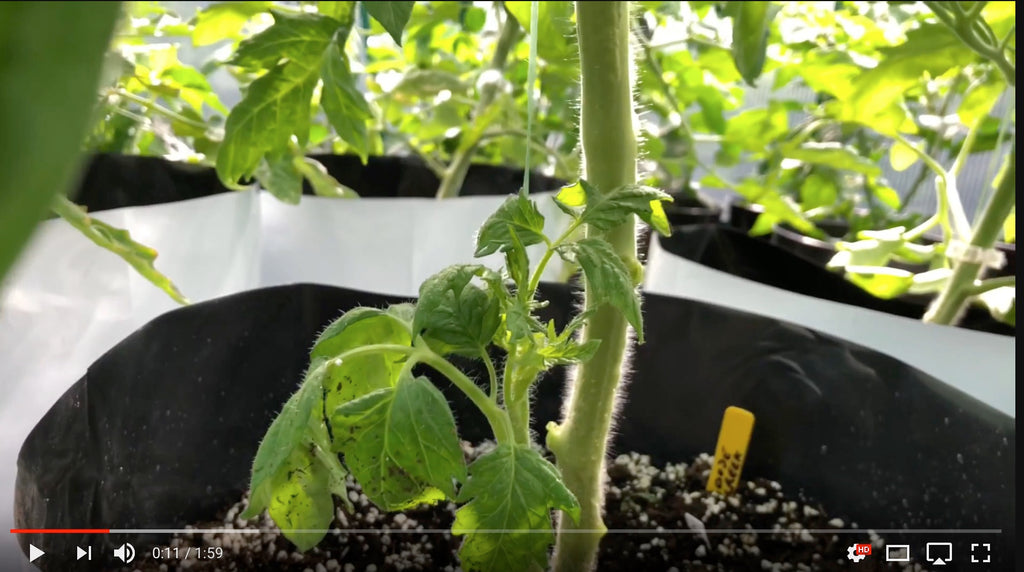
Cloning of plants has been used in almost all types of plants, some are easier to do than others, with tomatoes ranking first on the simple side. Cloning is a simple process used to create new plants quickly without having to sow seeds. It is also a process that is used if you have a unique growth that you want to continue growing or distributing without having to get any genetic changes in the next generation if it is grown from seed. So how can one use this as a hobby grower? Say you have a tomato plant that you...
Tomatoes – NPK, What, Huh, ?! How? When?
Posted by REMY EKORNSETER

It is not unusual that you can feel a bit like the headline when you search or read on forums and Facebook when it comes to nutrition and tomatoes. There are many opinions, and there are many who have opinions. So let's take a look at this with NPK for tomatoes. To begin with, we can quickly go through the three letters that make up NPK . N is for nitrogen. Nitrogen is an element with chemical symbol N and atomic number 7. Nitrogen means from the Latin and Greek words to form! Nitrogen is your building blocks for your...
Cultivation of chili - temperature - light - humidity ?
Posted by REMY EKORNSETER

When you are about to start growing chillies and you want to achieve better results than at the kitchen counter or living room window, you may want to read this text. There are huge differences between doing it right or wrong, and here you will find out why and how. When chilies have sprouted from the soil, they need light immediately. Without any kind of light they will die quite quickly. Light is very variable, some use what they have or what little daylight is available from outside. Considering that it is most normal to sow chillies from December to...
Topping, tinkering, what when how?
Posted by REMY EKORNSETER
Many wonder about it, but know something about it, many know a lot about it, many do not know what it is. But almost everyone knows that you should do it. So what exactly is this topping a plant? Topping is widely used in chilli cultivation, but can also be used on peppers and other shrub crops. For example, it is used in large scale on trees, but then it is called cutting down. Ok so let's go through this plain and simple. Why should I top? You should top your plants because you will get a better branching, you...


